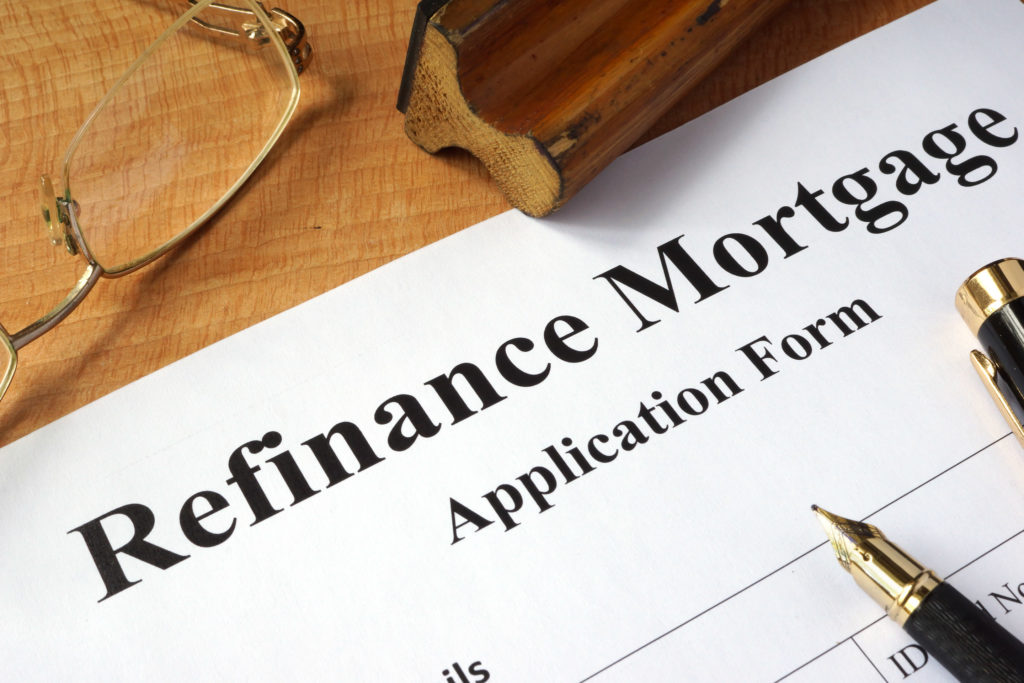With interest rates at near historic lows, you might be thinking about refinancing. That means you may be able to swap out your old, higher interest rate for a new one with lower rates. But will that put you in a better financial situation? Today’s borrowers can get a 30-year mortgage for 3.81 percent and a 15-year loan for 3.16 percent, compared with 4.46 percent and 3.91 percent, respectively, just a year ago, according to Freddie Mac.
No wonder mortgage applications for refinancing a home have increased during the past year, and experts predict that refinancing will remain elevated throughout 2020, but taper off as the year continues and more borrowers take advantage of the low rate and are no longer interested in refinancing.
Refinancing is not a wise financial move for everyone, however. Before signing on the dotted line, CNBC recommends asking yourself these four key questions to decide if it makes sense for you.
1. What are my goals?
Low-interest rates alone aren’t a reason to refinance, but depending on what you want to do, refinancing could be the answer. For most people, the goal of refinancing is to lower monthly bills. For example, if you have a 30-year mortgage for $250,000 that you took out a year ago at 4.46 percent, that would bring your monthly payment to $1,260.78, according to the refinancing calculator at HSH.com. Refinancing would reduce that payment to $1,147.37. Better yet, you’ll save more than $34,000 in interest during the life of the loan.
Or you could shorten the term of your loan by opting for a 15-year loan instead, becoming mortgage-free several years sooner. However, given the compressed time frame, your monthly payment likely will increase. For instance, on a $250,000 loan at 3.16 percent, monthly payments would be $1,745.76 for the 15-year mortgage. That might sound like a great idea, but sometimes people overestimate their ability to make that higher payment if something happens to go awry.
Finally, anyone with an adjustable-rate mortgage should seize the opportunity to lock in low rates. Although the Federal Reserve has indicated that it doesn’t plan to raise rates anytime soon, there’s little reason to think that rates will drop much further.
2. Is refinancing worth the cost?
You can do some simple math to determine how much value you can gain from refinancing. Expect closing costs to run about 2 percent to 4 percent of the total loan value. These include items such as the appraisal, underwriting, and title. So, if your closing costs are $3,000, and you can save $200 a month by refinancing, it will take 15 months to break even.
If you remain in your home longer than that, it’s a good indication that you’re going to get a lot of value from the refinance. If your savings are more modest, however, say just $50 a month, then it will take 60 months (or five years) to recoup. Even if you have no intention of moving today, a lot can happen in five years.
3. Can I afford the closing costs?
Note that you will pay for refinancing. One option, and the one recommended by most financial advisers, is to pay these costs upfront. Another is to roll them into your loan, but that will make the loan amount higher and will take you longer to break even.
The third is a “no-cost” refinance, which doesn’t charge closing costs. Instead, this refinance option comes with an interest rate that could be as much as half a percentage point higher, according to HSH.com. You can see how the three options stack up with the HSH.com calculator.
4. What are the refinancing pitfalls?
Like anything, refinancing has its downsides. Take “cash-out” refinancing, for example, which lets you refinance the remaining amount of your mortgage in addition to more money, provided you have enough equity in your home.
Financial advisers are split on whether this a good idea, depending on what you want to do with the money. If you’re using the money for something like remodeling, you’re potentially increasing the value of that asset. But using your home equity to pay down credit cards or other types of unsecured debt is something else. True, converting debt that might cost 18 percent in interest to a loan that charges less than 4 percent might look good on paper, but if you’re prone to credit card debt, refinancing could magnify the problem.
Finally, remember that refinancing adds more years to your loan. A 30-year mortgage could quickly turn into a 40- or 45-year loan through refinancing. And because of the way amortization schedules work, the bulk of a mortgage’s interest is paid at the beginning of a loan. Starting the clock again means you’ll spend years paying off interest before making serious inroads on principal.



